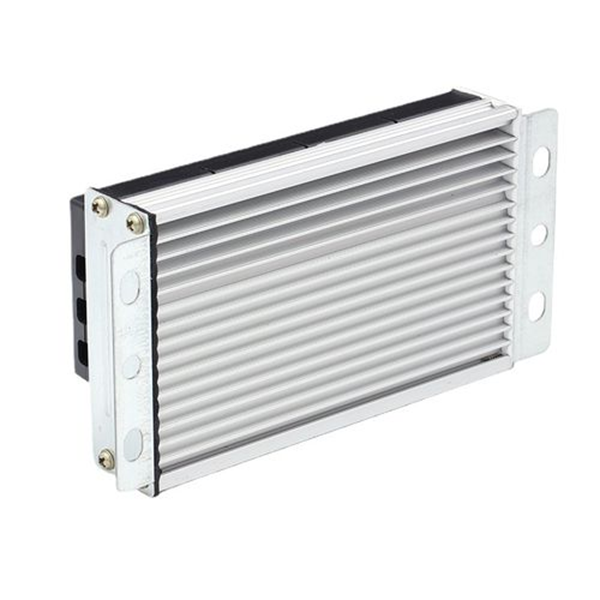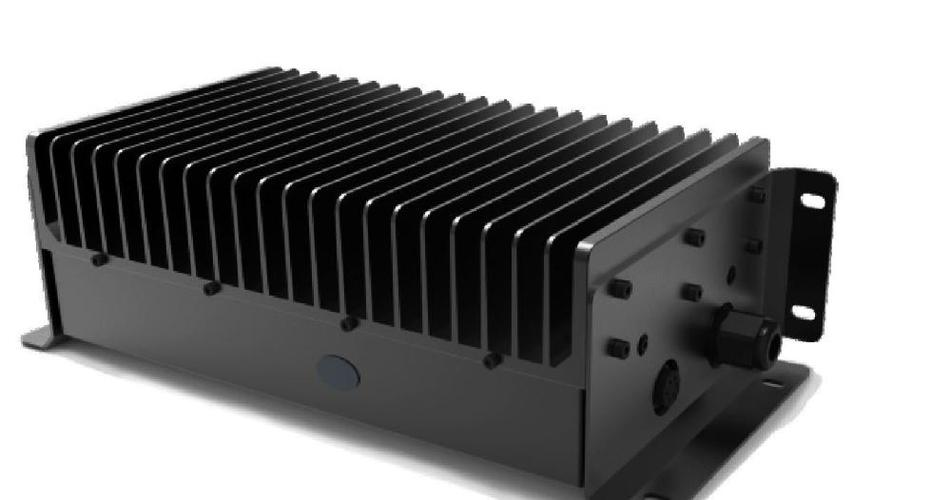Heat sinks have been traditionally used in electronic devices to dissipate heat generated by various components such as processors and power sources. However, this technology is increasingly being applied in the new energy field to address temperature management issues.
In solar photovoltaic systems, heat sinks are utilized to regulate the temperature of solar panels, as excessive heat can lead to a decline in the efficiency of the panels over time. Heat sinks can also contribute to prolonging the lifespan of solar panels by preventing heat-related damage.
Similarly, heat sinks are also used in wind turbines to control the temperature of the generator and cabinet, which is crucial for avoiding electrical and mechanical failures. By reducing heat-related damage, heat sinks can significantly decrease the maintenance and replacement costs of components in wind turbines.
In electric vehicles, heat sinks play an important role in cooling the batteries and power electronics. The efficient management of heat is necessary for maintaining optimal battery life and performance, as lithium-ion batteries generate a considerable amount of heat during charging and discharging. Additionally, heat sinks help regulate the temperature of power electronics, such as inverters and converters, which generate heat during their operation.
As renewable energy sources continue to gain popularity, the utilization of heat sink technology in the new energy field is expected to expand. By preventing heat-related damage and maintaining temperature stability, heat sinks are a crucial component for ensuring the efficient and reliable operation of new energy systems.
In summary, heat sink technology is increasingly being applied in the new energy field to address temperature management issues. Proper temperature regulation is critical for improving efficiency, extending the lifespan, and reducing the costs of components in new energy systems.
Post time: May-17-2023


